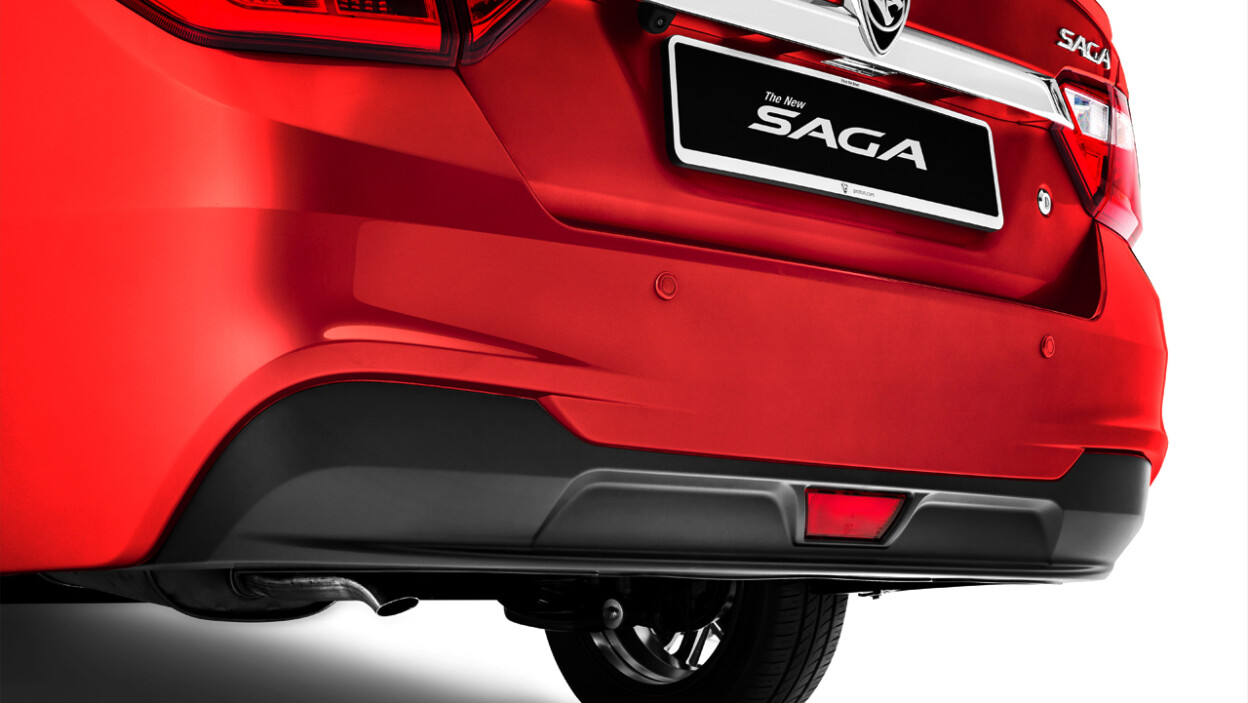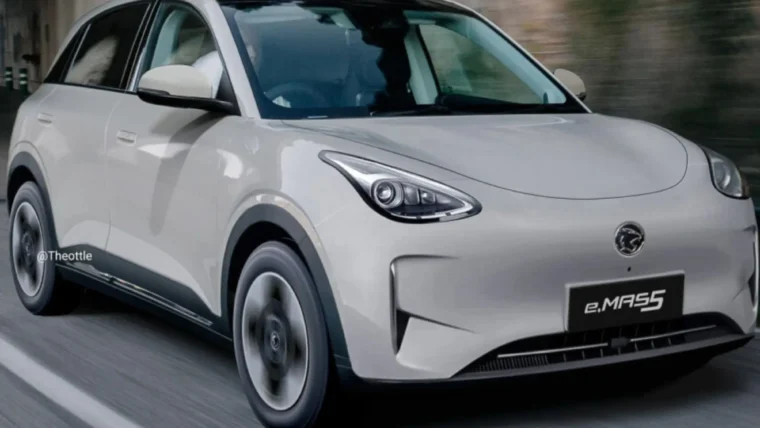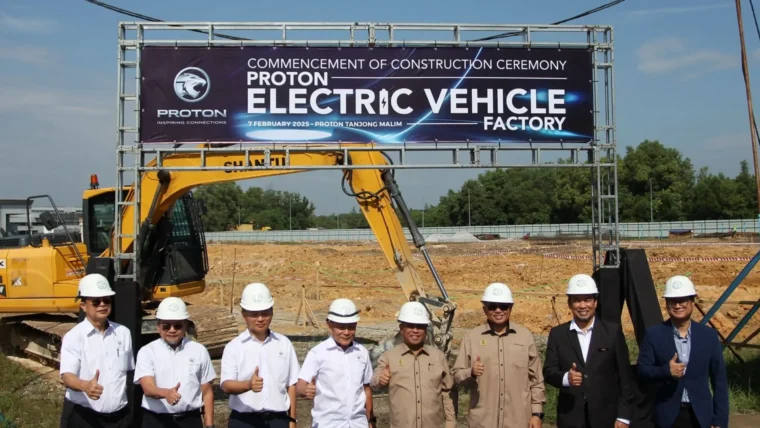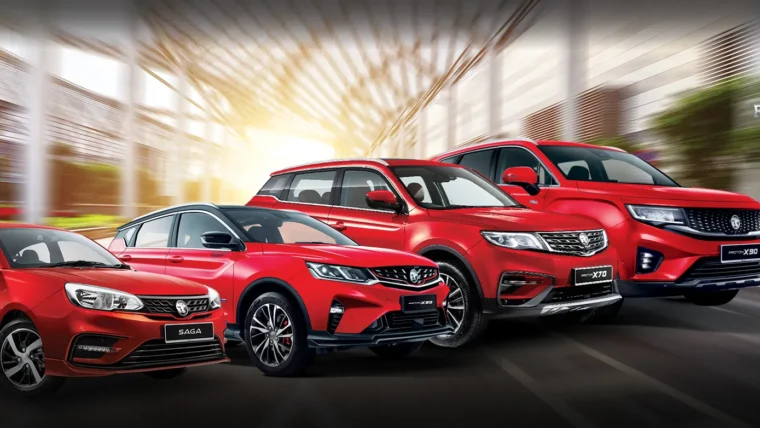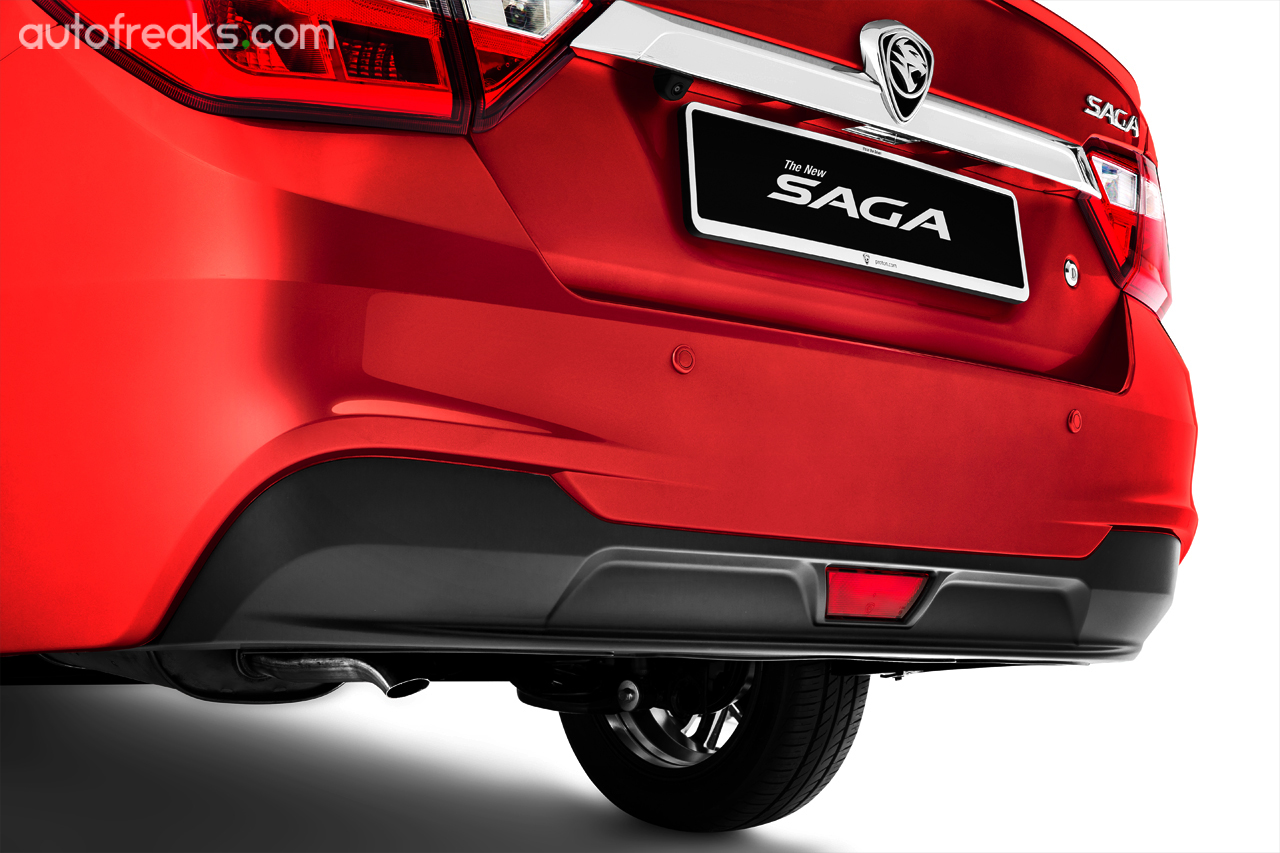
The launch of the third-generation Proton Saga is just around the corner. The new model, when it arrives next week, is said to offer improved convenience, enhanced safety while offering good value for money.
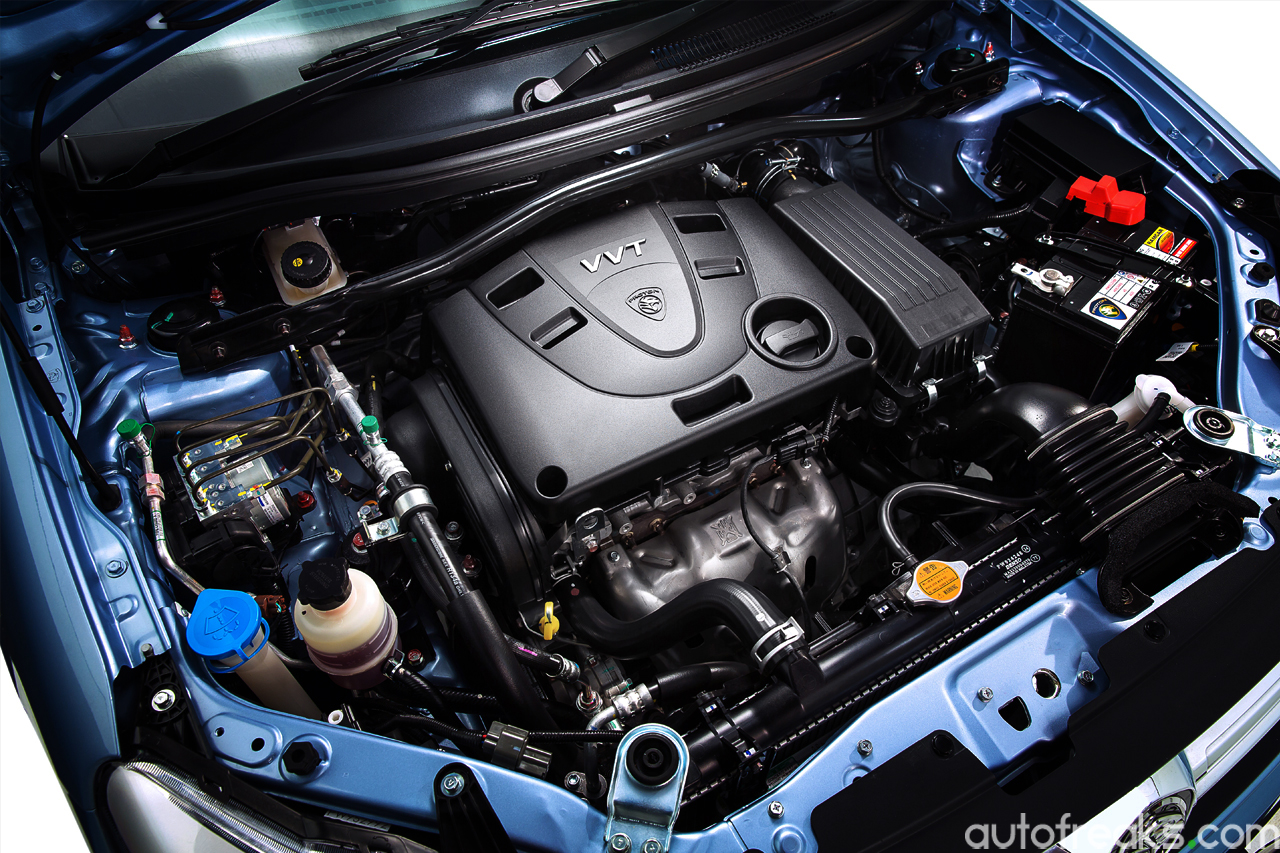
Out the box, the 2016 Proton Saga is powered by the same 1.3-litre Campro VVT that outputs 94 hp and 120 Nm as the Iriz. Transmission choices include a five-speed Getrag manual and a Punch-sourced CVT. The former is limited to just the Standard trim.
In order to keep development costs down, Proton has chosen to utilize the outgoing models’ platform, though the whole exterior of the Saga is new. The interior, on the other hand, carries over the outgoing model’s layout, albeit with an updated design.
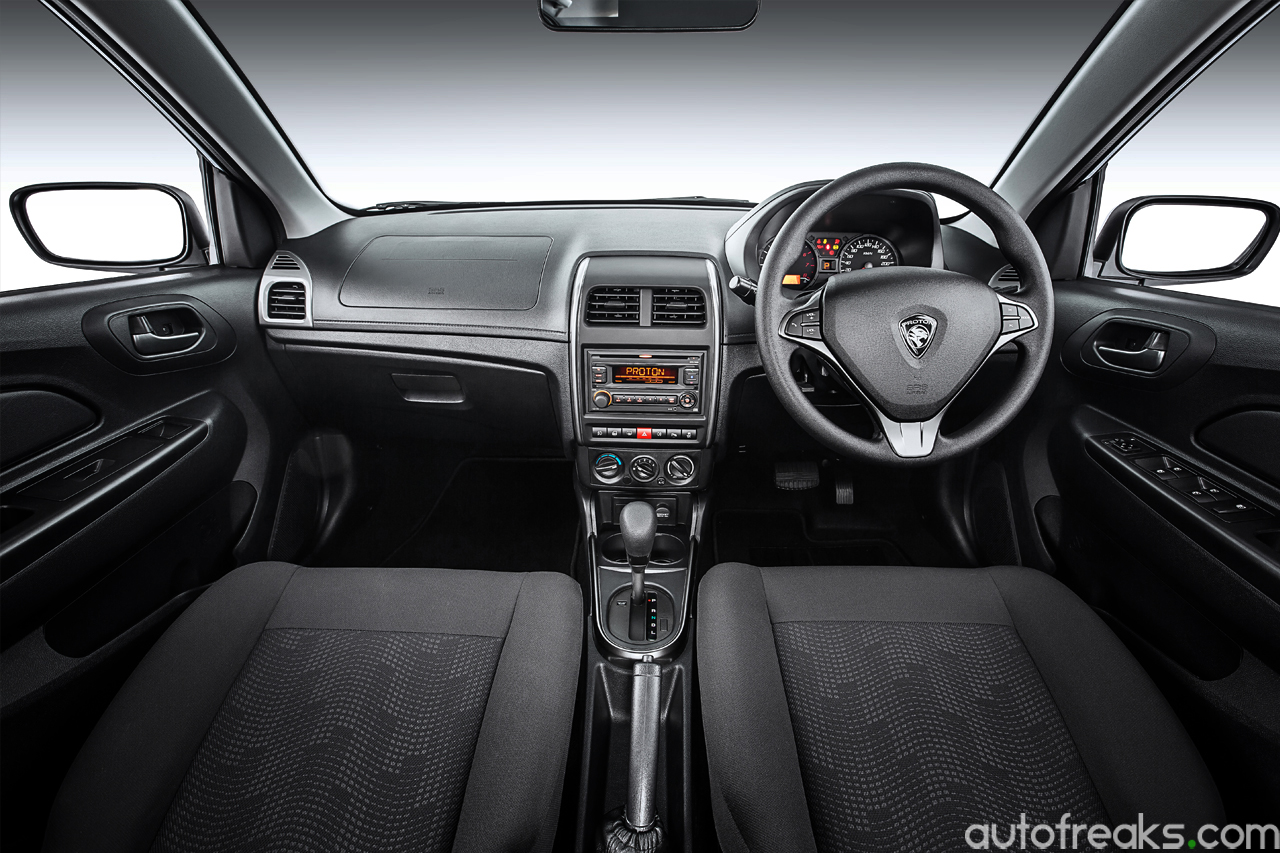
Standard for all variants of the Saga is the inclusion of two airbags, rear USB charging ports, folding rear bench, all round parking sensors, rear fog lamp, four power windows, ISOFIX child seat mounts and Eco Drive Assist indicator. Boot space has been increased over the outgoing model, with 430-litres (VDA) available for owners. The space can be further increased to 600-litres with the rear bench folded down.
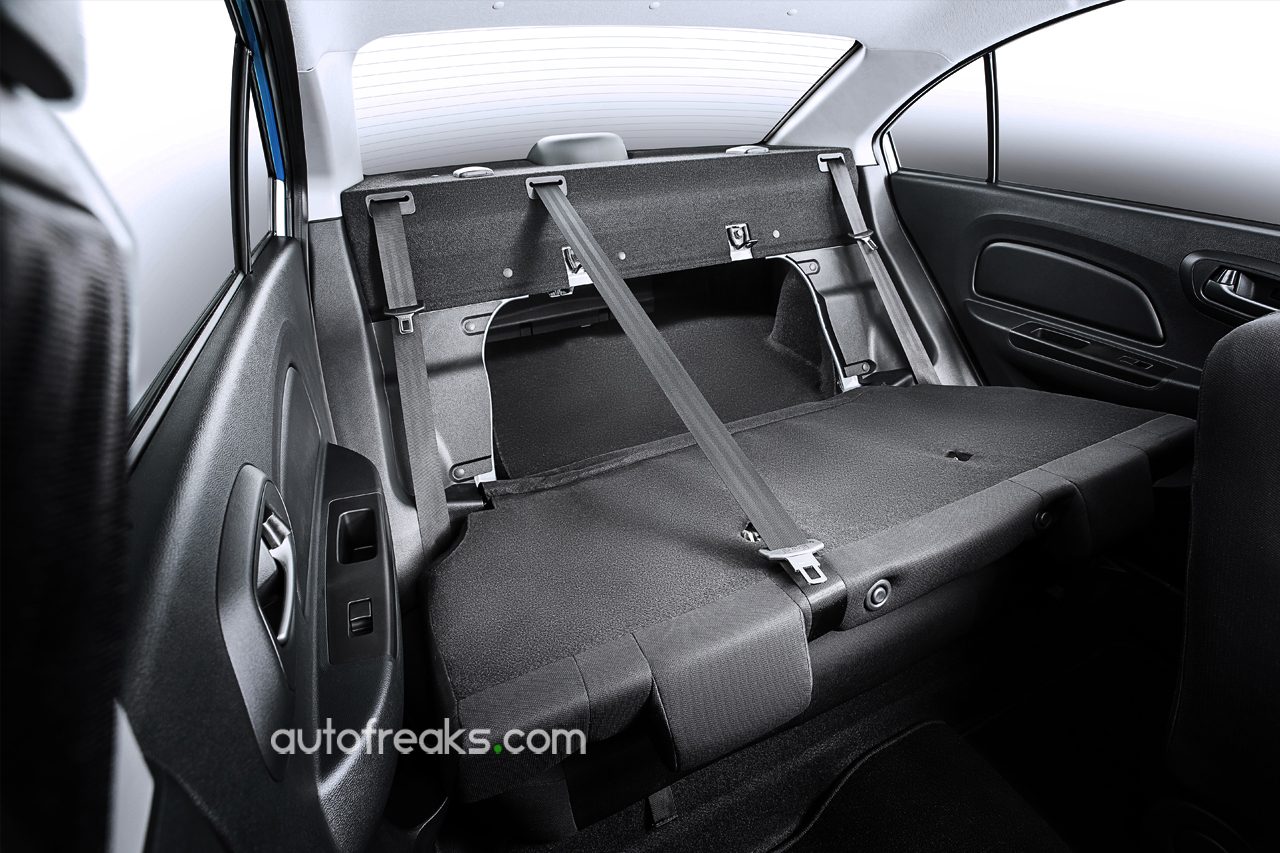
The new cabin, as I mentioned above, is carried over from the outgoing model’s layout, which is good news for old owners upgrading to the new model. Design of the dashboard is new, with the inclusion of faux-stitching on the dashboard. New texture on the dashboard is also a welcome addition. Out goes the quirky circular air vents of the predecessor, now replaced with regular-looking rectangular units. Proton has also shifted the row of buttons, now below the head unit. On the outgoing model, that row of buttons were positioned just below the air vents.
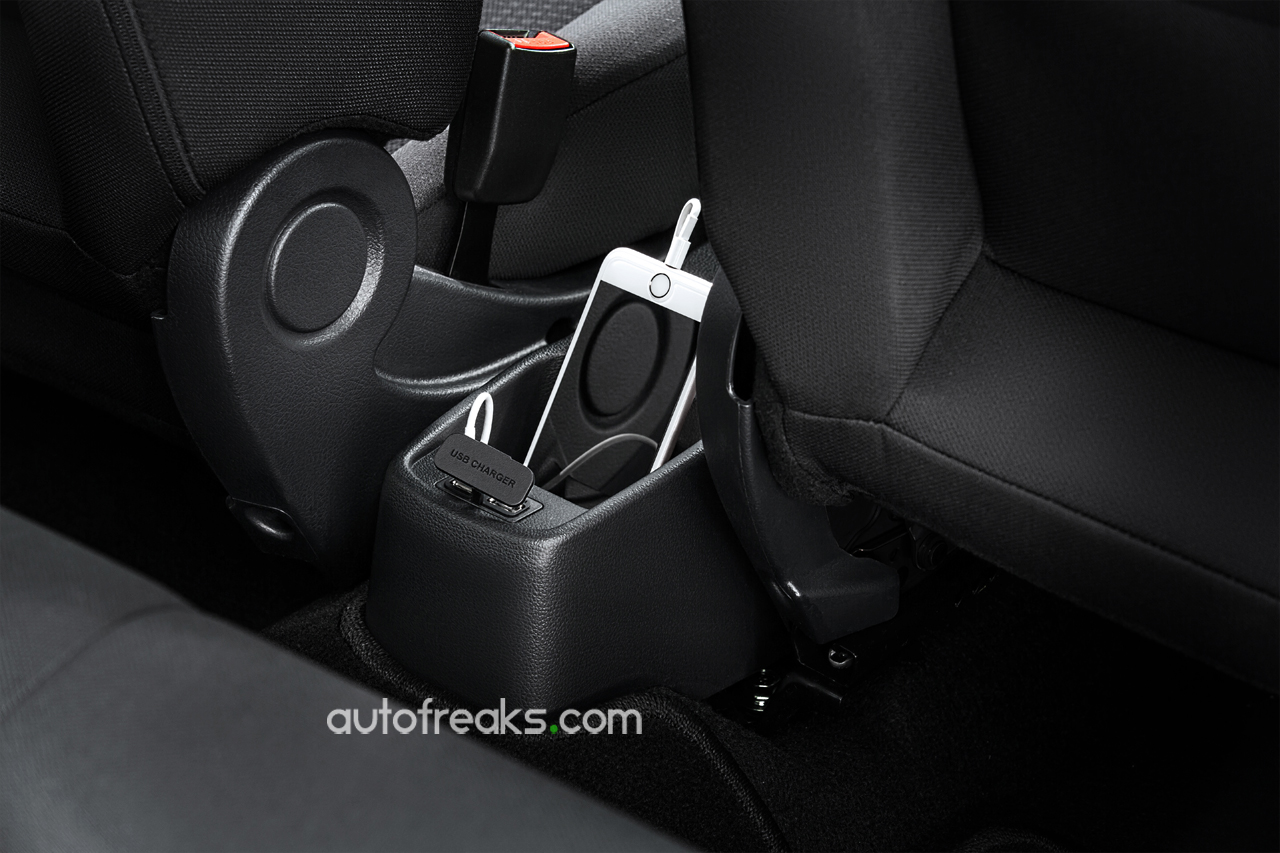
On the topic of buttons, I am pleased with the tactility of buttons and switches on the new Saga. Granted, it is clear that Proton has dug through its parts bin to source for parts for the new Saga, which includes the Exora-derived steering wheel and rear view mirror with integrated reverse display. Air-conditoning controls are identical to its predecessor, with an Iriz-derived gear lever completing the looks.
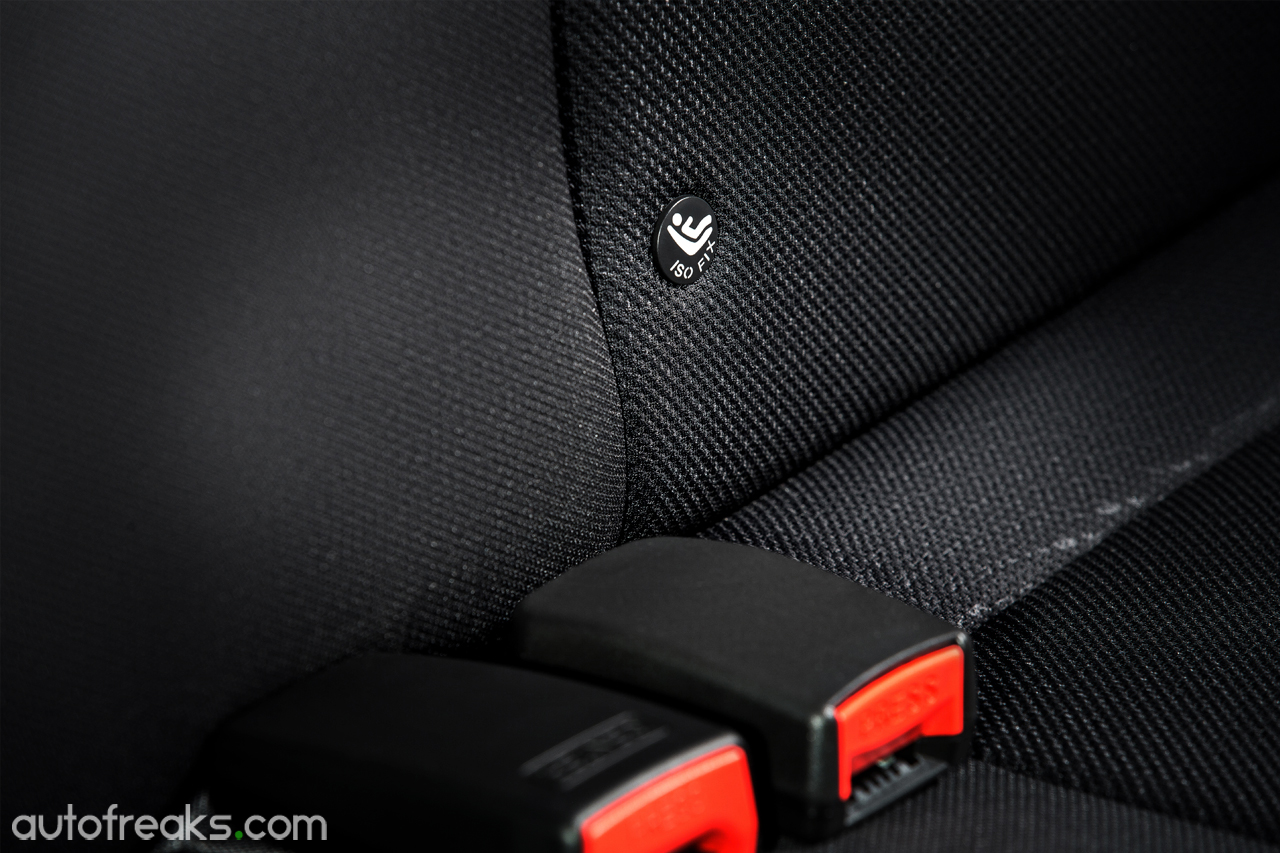
I also noticed that Proton has removed the storage space under the steering column, which I felt is a misstep. The various cup holders throughout the cabin remains similar to its predecessor, which is a good thing. Proton also repositioned the rear speaker from the rear parcel shelf to the rear doors.
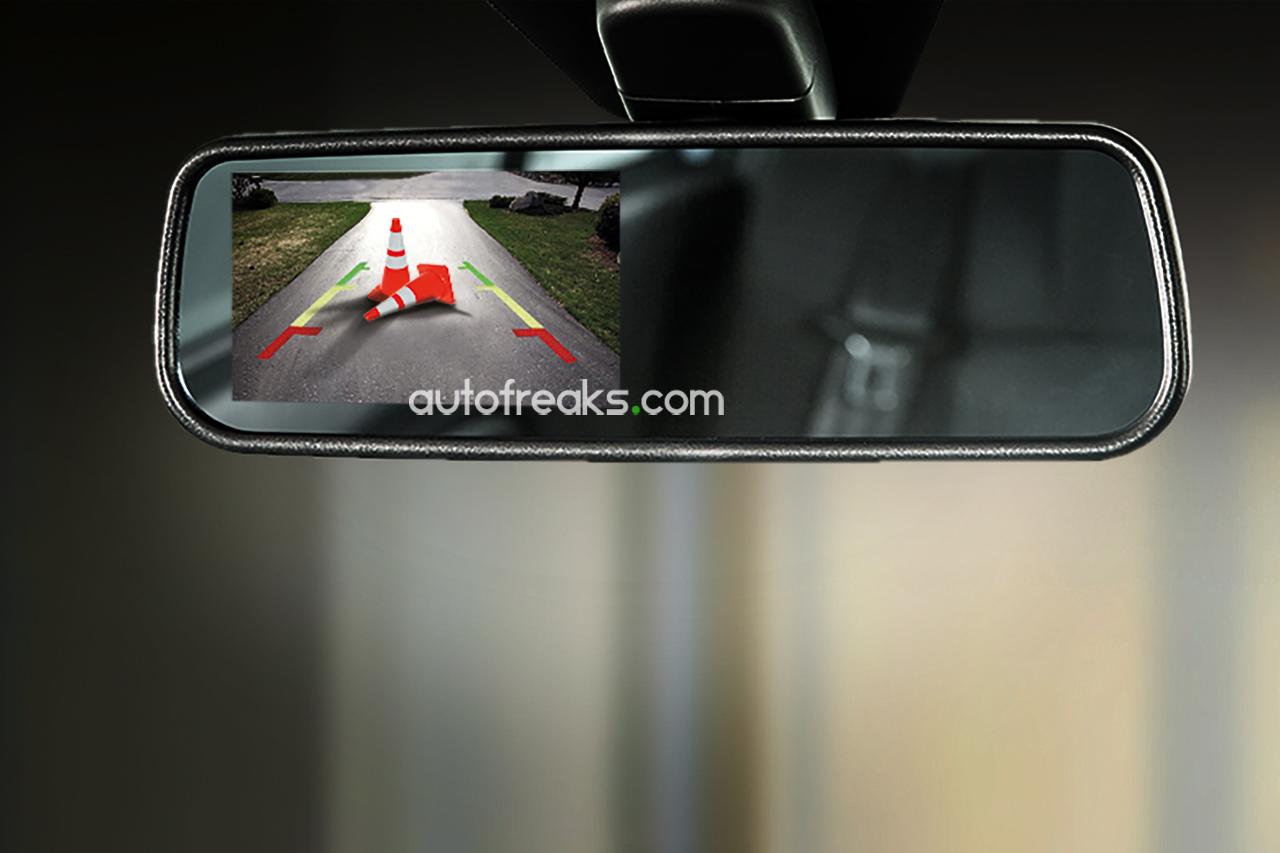
Then there’s the updated seat belt reminder, which now beeps if the driver does not buckle up, which was only a flashing light on the meter cluster. Speaking of meter cluster, the new Saga gets a similar-looking meter cluster as the old model, though graphics are new with the inclusion of the new Eco Drive Assist indicator.
Although the new Saga utilizes the outgoing model’s platform, the engineers were keen to point out that they have worked on improving NVH levels of the new Saga by adding more sound insulation to the firewall, wheel well and floorpan. According to them, the addition of the sound insulation reduced overall noise by another 3-5 dB.
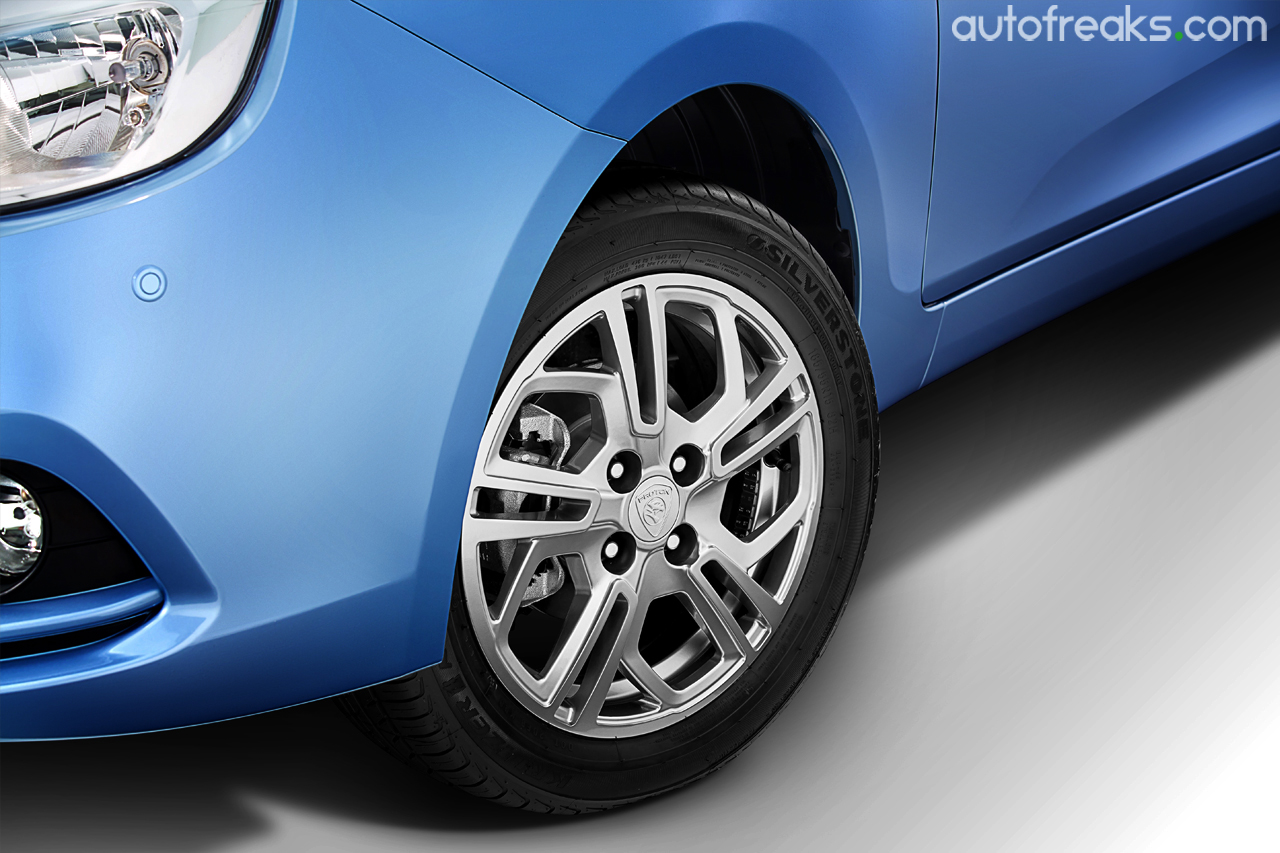
On top of that, the Silverstone rubbers are also tailored for the new Saga, offering better wet grip whilst reducing rolling resistance. The tyres also contribute to another reduction of 1-2 dB, resulting in a significantly quieter ride.
I noticed the improved NVH the moment while driving on Proton’s internal test track. Cruising speeds of up to 140 km/h revealed that road and tyre noise was kept at a minimum, though some wind noise was apparent at higher speeds. As an ex-owner of a Saga, the difference is almost day-and-night.
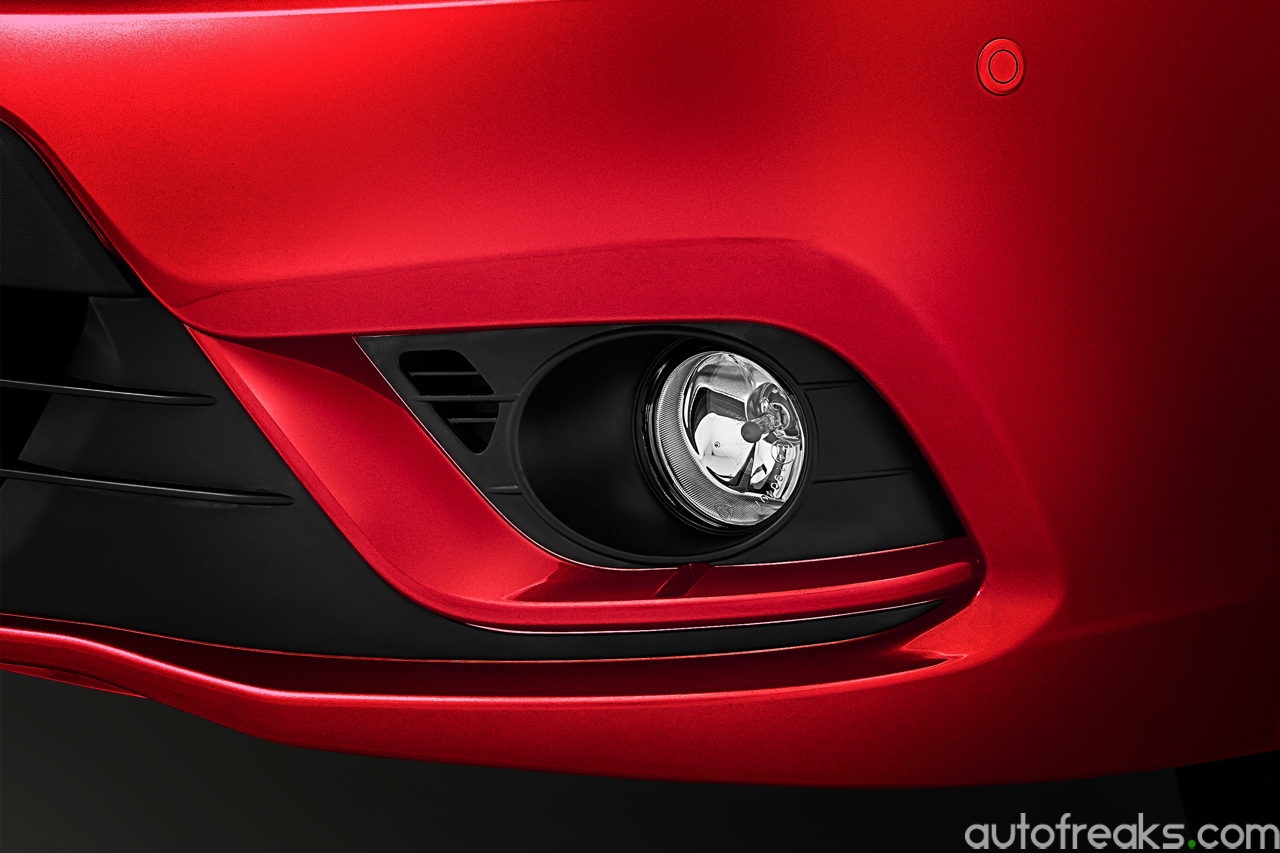
NVH improvements also came from the new engine mounts, which is similar to the ones found on the 2016 Proton Persona. Although the Saga now sports just 3 hydraulic engine mounts, I noticed that the CVT behaviour to be far from ideal, as it was not as free-revving as the one on the Persona. Fret not, as the new Saga is still ahead of its predecessor in terms of refinement.
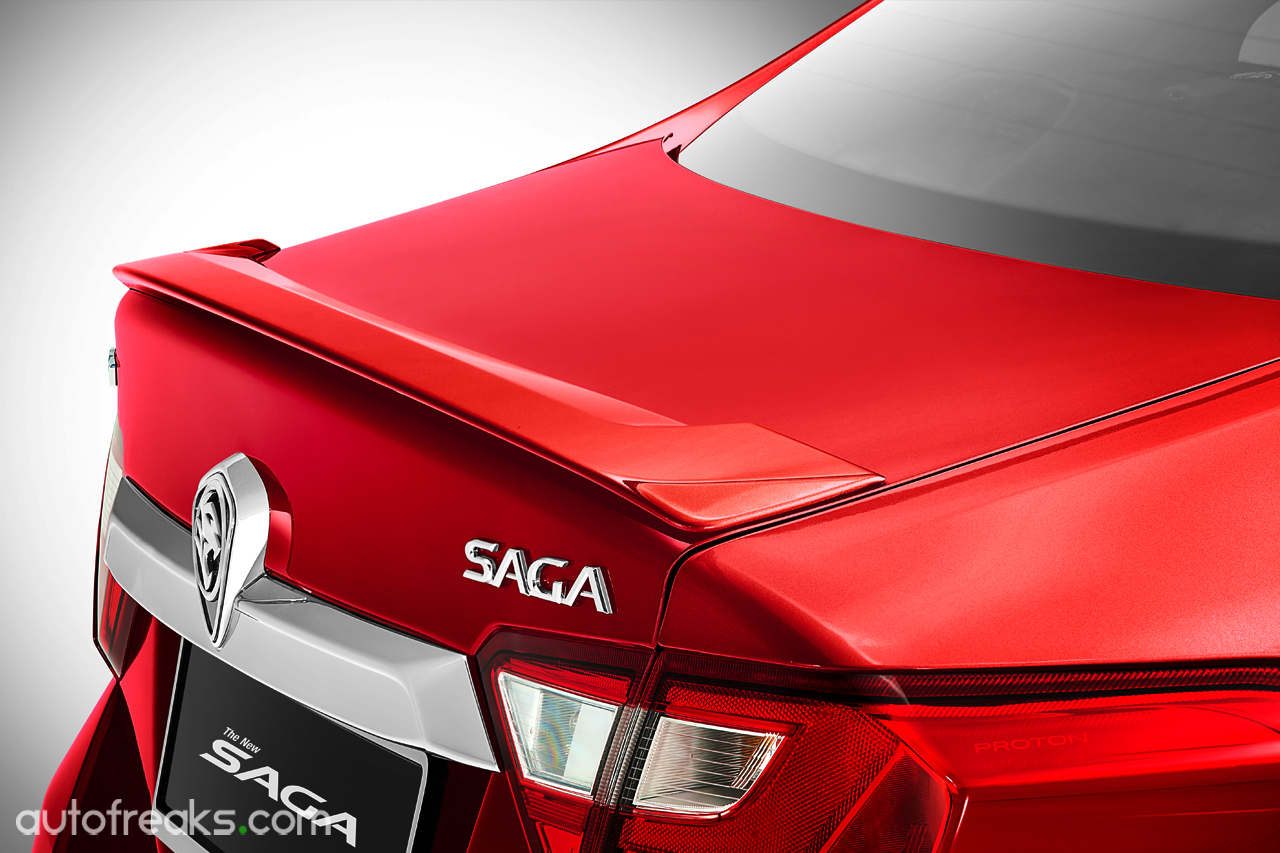
Proton is also offering a manual-equipped Saga, though limited to just the Standard trim. Clutch action is light, which is good news for those often caught in rush hour traffic. Gearshifts from the Getrag transmission remain somewhat rubbery, with a bit too much free play in each gear. The good news is that the manual-equipped Saga is more enjoyable to drive than its CVT sibling, with the added advantage of stronger acceleration.
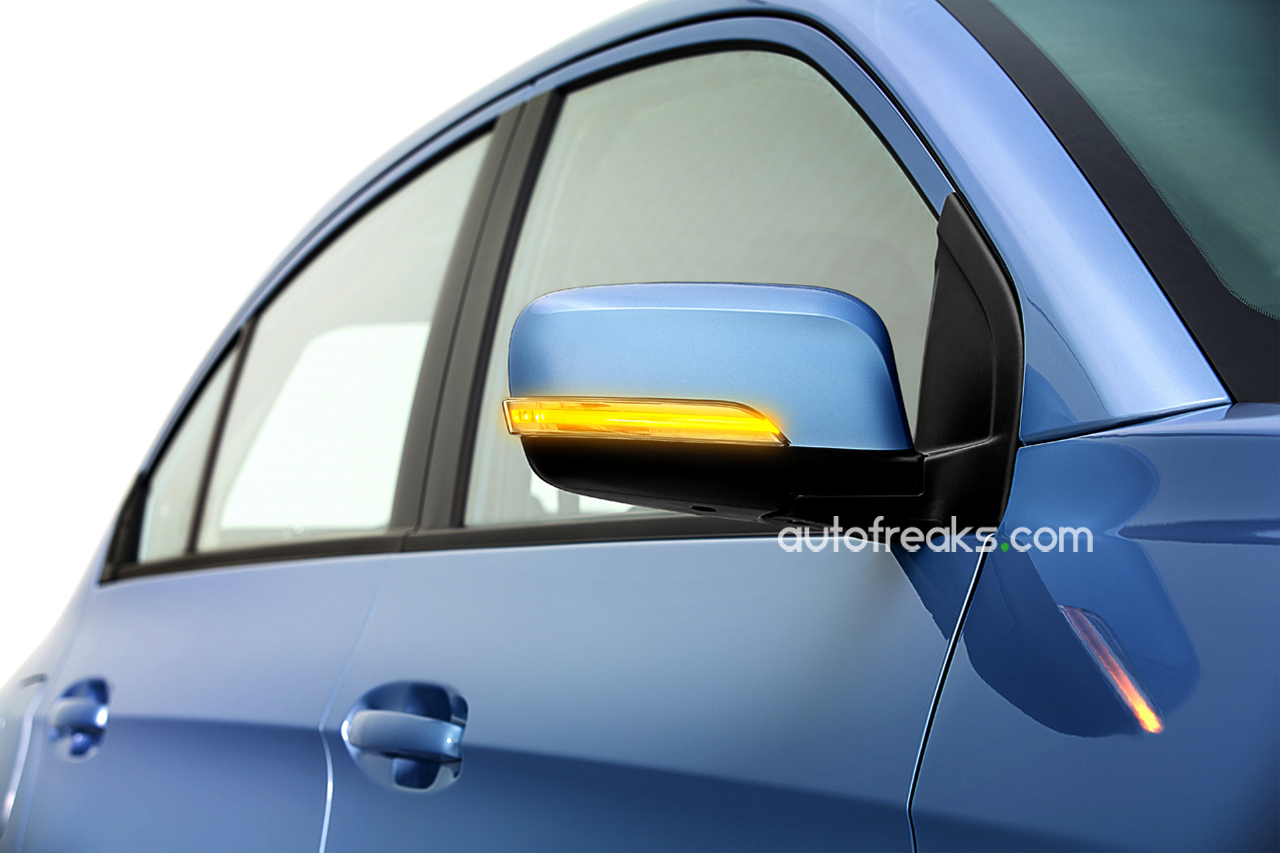
Moving onto the handling front, which left me with mixed feelings. For outgoing Saga owners, the hefty steering was a matter of getting used to, but that may not longer be an issue for the new Saga, as Proton has reworked the steering on the Saga, giving it a lighter steering. As a result, maneuvering through tight spots takes significantly less effort, however the lack of a variable weight steering meant that the steering is a tad bit too light during high speed cruising.
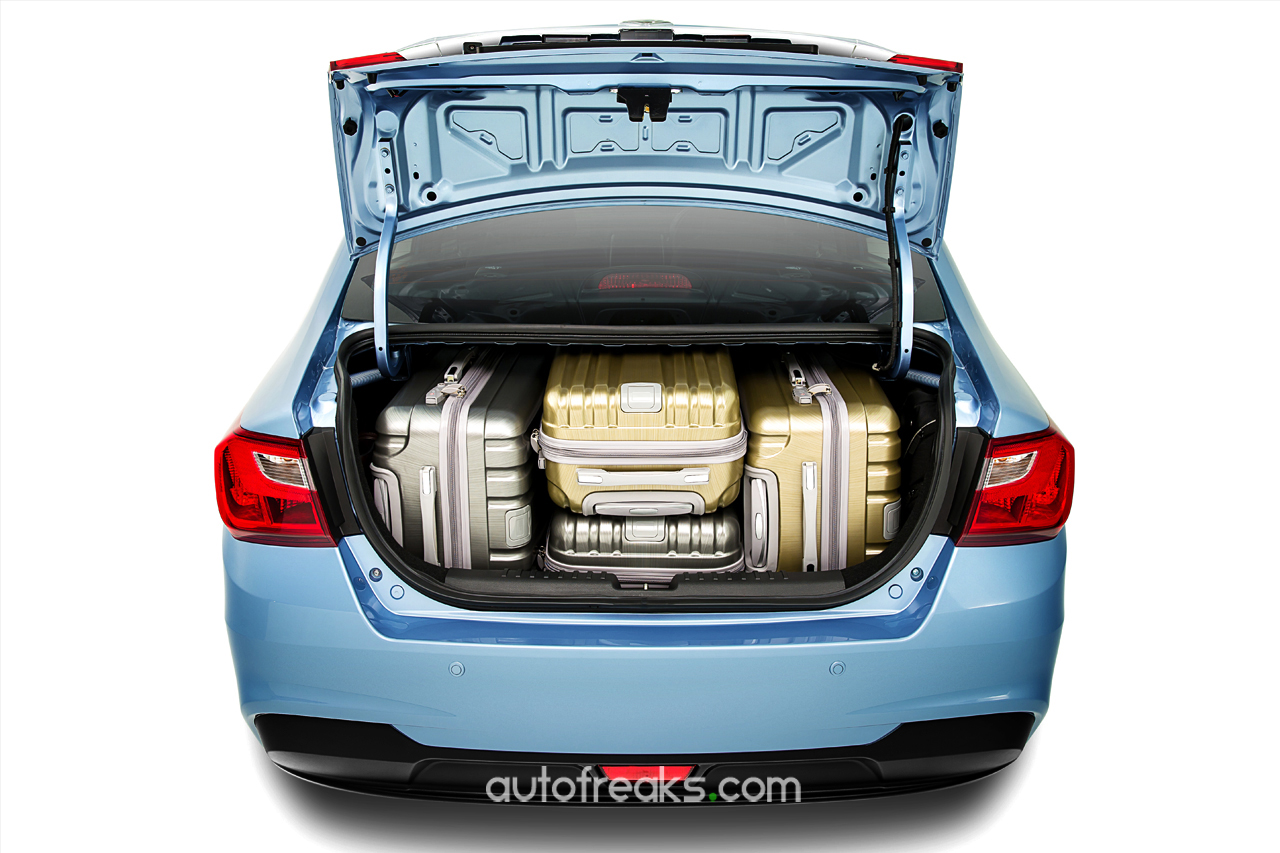
The new Saga also receives stiffer springs up front (rear spring rate remains the same). This, when combined with the addition of a front strut brace that Proton has fitted to all variants of the new Saga meant that the initial turn in is far more responsive than the model it replaces.
Proton will be launching the new Saga next week, with prices tentatively starting from an affordable RM37,000. The range-topping Premium variant is said to have a price tag of slightly below RM50,000 (It had better be well below 50k! – Ed.) Our first national car maker is looking to export the Saga within 3 to 4 months after the local introduction.
Interested? Quickly head down to your nearest Proton dealer as bookings are opened as of today (24 September 2016).
CW Says…
Like what the Beetle is to VW, the Saga is indeed a “people’s car”. It’s the one that started it all way back in 1985, and continues to be the car that most Malaysians associate Proton with. It is absolutely vital that Proton gets the Saga right, and judging from initial impressions, it looks favourable. This is one car I’m looking forward to reviewing soon! Stay tuned folks. – CW.
Specifications: Proton Saga 1.3 Premium
Price: RM TBA
Engine: 1.3-litre inline-4 Campro VVT
Horsepower: 94 hp @ 5,750 rpm
Torque: 120 Nm @ 4,000 rpm
Transmission: Continuously Variable Transmission (CVT)
Other posts by AF Newsdesk

